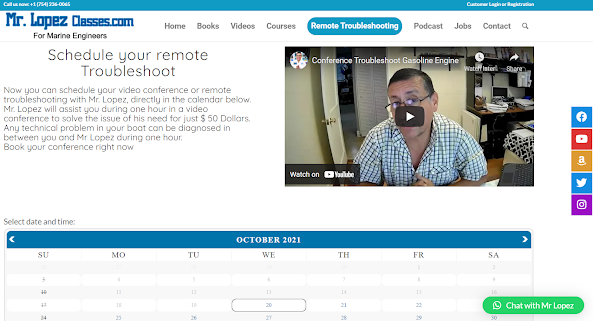Semiconductors & Diodes
Semiconductors
A semiconductor is a material with properties of metal and nonmetal. In other words, it is a material that depending on external conditions (i.e. pressure or temperature) works as a good conductor of electricity or like an isolator.
Elements like carbon, silicon, and germanium are good examples of semiconductors.
Any of various solid crystalline substances, such as germanium or silicon, have electrical conductivity greater than insulators but less than good conductors and are used especially as a base material for computer chips and other electronic devices.
Carbon, silicon, and germanium (germanium, like silicon, is also a semiconductor) have a unique property in their electron structure -- each has four electrons in its outer orbital.
This allows them to form ice crystals. The four electrons form perfect covalent bonds with four neighboring atoms, creating a lattice. In carbon, we know the crystalline form as diamond. In silicon, the crystalline form is a silvery, metallic-looking substance.
Get here the Marine Electronics Systems Book where you can find all the information on this and many other topics.
An integrated circuit or other electronic component containing a semiconductor as a base material.
Today, most semiconductor chips and transistors are created with silicon. You may have heard expressions like "Silicon Valley" and the "silicon economy," and that's why - silicon is the heart of any electronic device.
A diode is the simplest possible semiconductor device and is, therefore, an excellent beginning point if you want to understand how semiconductors work.
Metals tend to be good conductors of electricity because they usually have "free electrons" that can move easily between atoms, and electricity involves the flow of electrons. While silicon crystals look metallic, they are not, in fact, metals.
Diodes
In electronics, a diode has the same function as the check valve in hydraulic systems.
Its function is to allow an electric current to pass in one direction (called the diode's forward direction) while blocking current in the opposite direction (the reverse direction).
A modern semiconductor diode is made of a crystal of semiconductors like silicon that has impurities added to it to create a region on one side that contains negative charge carriers (electrons), called n-type semiconductor, and a region on the other side that contains positive charge carriers (holes), called p-type semiconductor.
Learn more in the following video
The crystal conducts the current in a direction from the p-type side (called the anode) to the n-type side (called the cathode), but not in the opposite direction.
Diode Configuration
The diode's terminals are attached to each of these regions. The boundary within the crystal between these two regions, called a P-N junction, is where the action of the diode takes place.
Light Emitting Diode (LED)
Rectifier Diode
These diodes are used to rectify alternating power inputs in power supplies. They can rectify current levels that range from an amp upwards.
generally, these diodes are PN junction diodes.
These diodes are used in the bridge rectifiers that you find in some alternators.
















Thanks for sharing the best information and suggestions, it is very nice and very useful to us. I appreciate the work that you have shared in this post. Keep sharing these types of articles here.yanmar marine
ReplyDeleteThanks for following me. For me is a pleasure that you appreciate my job. I hope this material be useful for you.
DeleteI just need to say this is a well-informed article which you have shared here about hoodies.Marine Electronics in Singapore It is an engaging and gainful article for us. Continue imparting this sort of info, Thanks to you.
ReplyDeleteThanks for following me. For comments than this is that I continue with this project. I hope this material be useful for you. Regards
DeleteOhh great. I hope to continue doing material with good content . Thank you very much
ReplyDelete